 Shutterstock
Shutterstock
Long before smartphones, empires, or even the idea of belly rubs, dogs were by our side—trudging through deserts, scaling mountains, and braving icy wastelands with our ancestors. These weren’t couch potatoes in sweaters; they were loyal partners in survival. Many ancient breeds still walk among us today, barely looking a day older than their centuries-old portraits. Whether they hunted with pharaohs, guarded flocks in ancient Asia, or lounged with royalty before it was trendy, these dogs are the living, breathing, delightfully furry time machines of the canine world.
Basenji
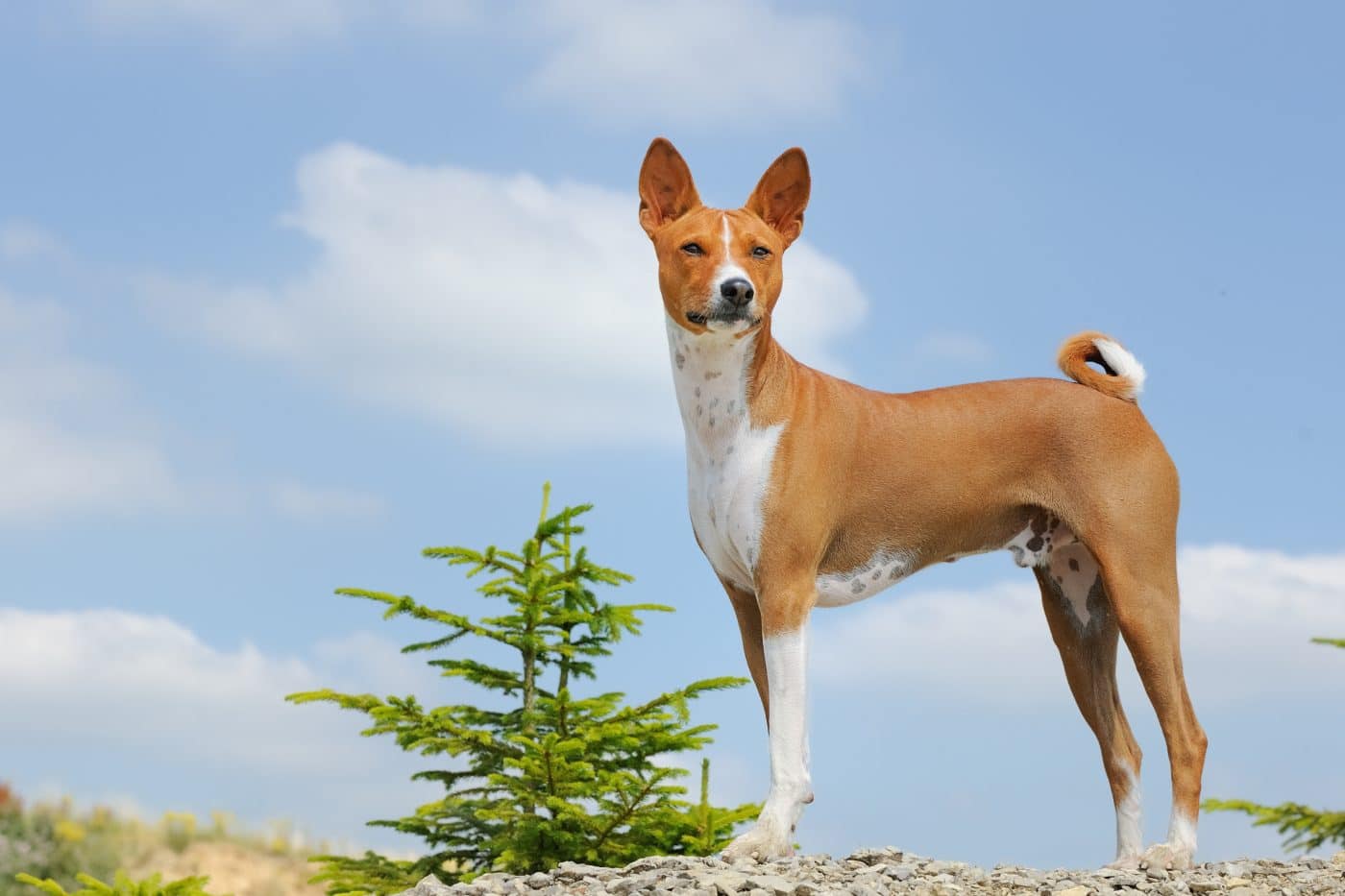 Shutterstock
Shutterstock
The Basenji is one of the oldest known dog breeds in ancient Central Africa. They were prized for their speed, intelligence, and almost cat-like cleanliness. Basenjis are famously barkless, which makes them excellent stealthy hunting companions in densely forested terrain. Depictions of dogs resembling the Basenji can be found in ancient Egyptian artifacts, suggesting their longstanding partnership with humans. If dogs had passports, this breed would be stamped with prehistoric credibility.
Afghan Hound
 Shutterstock
Shutterstock
With their flowing locks and regal stance, Afghan Hounds look like they walked out of a time machine—and that’s pretty much what happened. These dogs originated in the mountains of Afghanistan, where they were bred to hunt large prey in harsh terrains. Their unique appearance and elegance helped them survive for thousands of years, maintaining their distinctive look with minimal genetic tinkering. Their independent nature and aloof expressions only add to their ancient mystique. Basically, they’re canine royalty with built-in wind machines for dramatic entrances.
Saluki
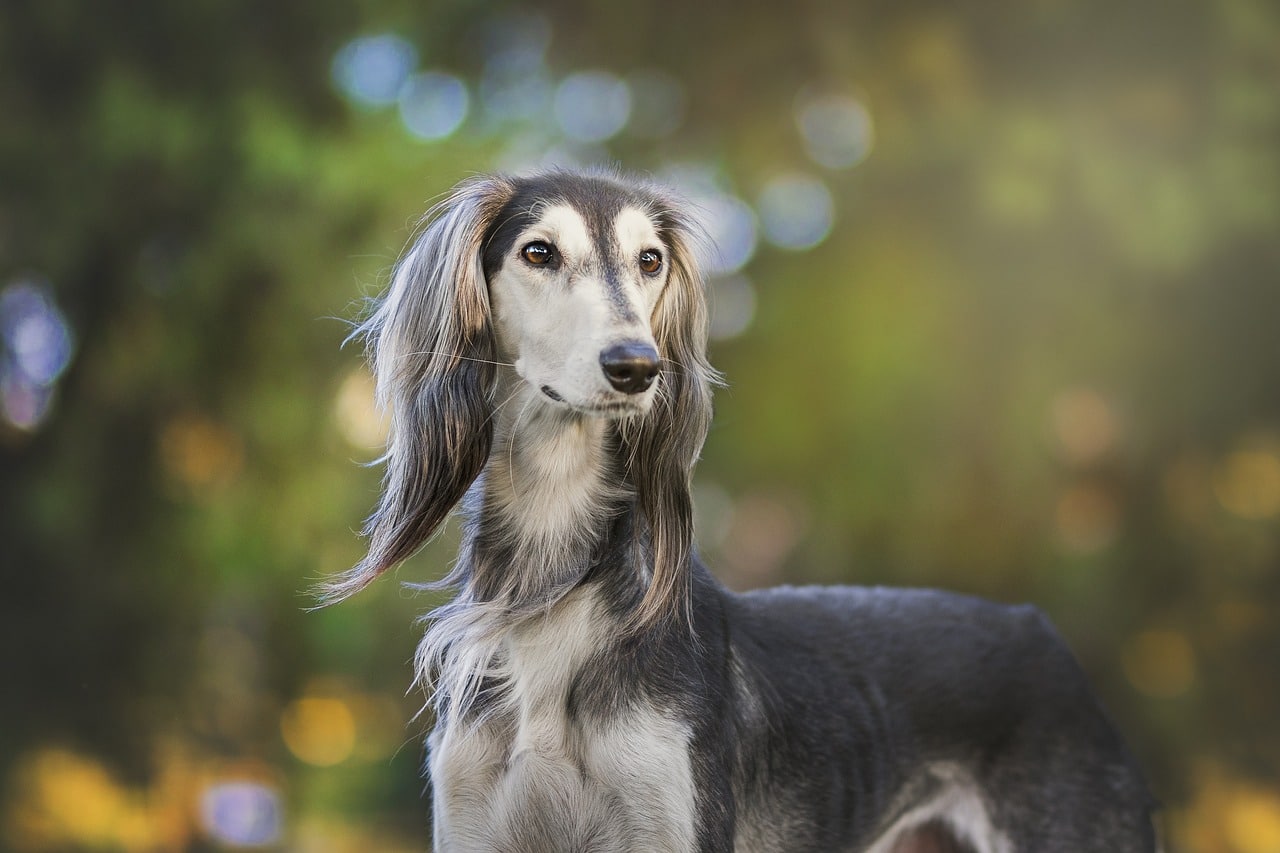 Shutterstock
Shutterstock
The Saluki is so ancient it’s often called the “Royal Dog of Egypt.” Mummified Salukis have been found buried alongside pharaohs, and they were depicted in tombs as early as 2100 B.C. These slender, graceful hounds were used to hunt gazelles in the Middle East, prized for their speed and stamina. Despite their delicate appearance, they’re built for serious work in harsh desert climates. They’re the original long-legged supermodels of the dog world, and they know it.
Tibetan Mastiff
 Shutterstock
Shutterstock
Majestic, massive, and a little moody, the Tibetan Mastiff has been guarding Himalayan monasteries and livestock for centuries. These dogs were bred to survive freezing temperatures, high altitudes, and the occasional yeti (probably). Ancient Tibetan writings refer to massive guardian dogs that fit the description of today’s Tibetan Mastiff almost perfectly. They’re loyal, aloof with strangers, and would probably demand a heated bed if reincarnated into modern life. If dogs had bouncers, this breed would be head of security.
Akita
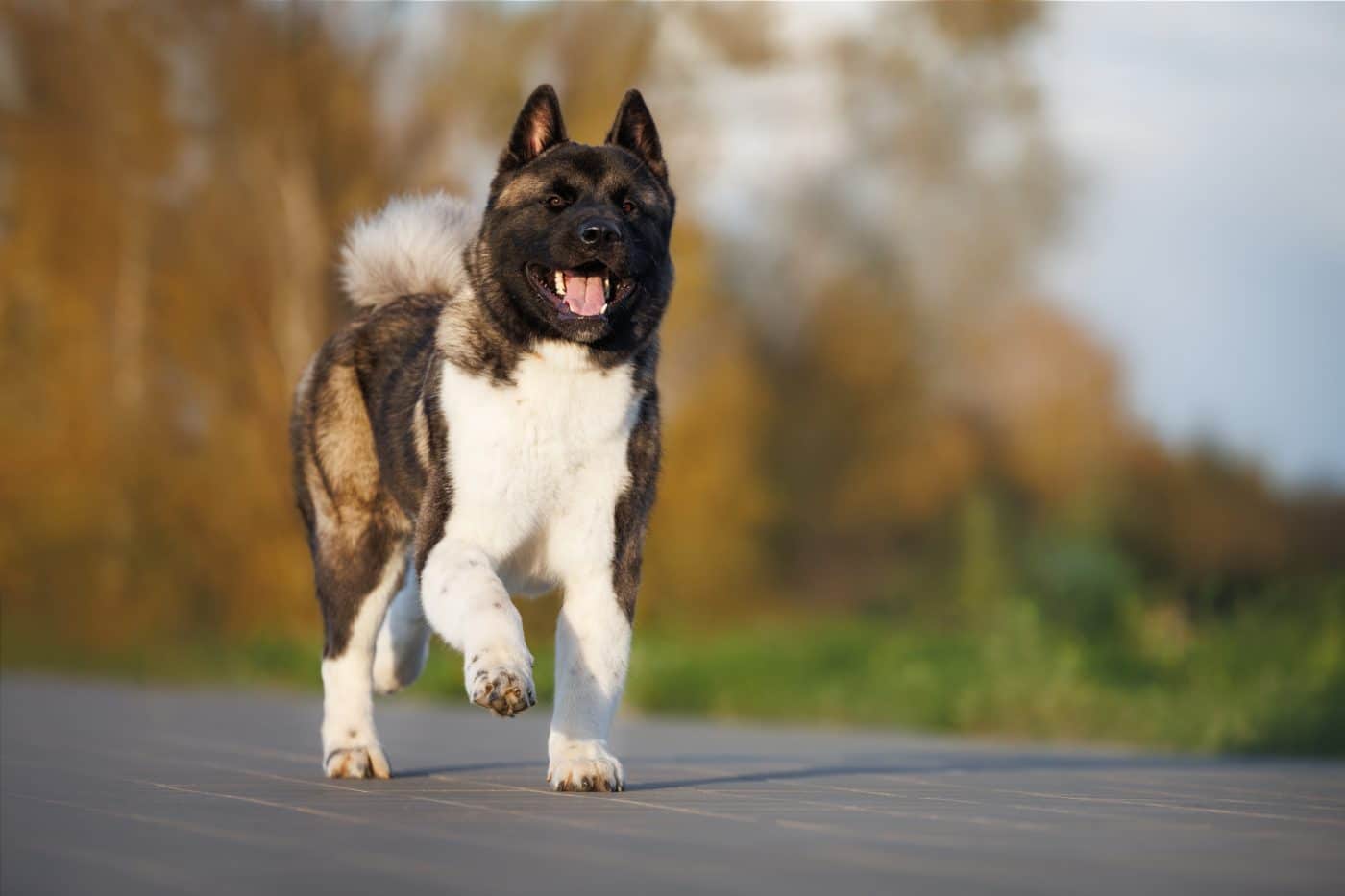 Shutterstock
Shutterstock
The Akita’s origins lie deep in the snowy mountains of Japan, where they were revered as protectors and noble companions. These dogs once hunted wild boar, elk, and even bears. Ancient Japanese artwork and scrolls depict Akita-like dogs as early as 1000 years ago. They were considered symbols of health and good fortune, often given as gifts to newborns and important figures. Their dignified presence is undeniable—they’re the samurai of the canine world.
Alaskan Malamute
 Shutterstock
Shutterstock
Bred by the native Inuit tribe known as the Mahlemut, the Alaskan Malamute is a powerful working dog developed for sledding, hunting, and hauling heavy loads across icy terrain. These dogs have existed in the Arctic for thousands of years, playing a vital role in the survival of indigenous peoples. Their endurance and thick coats made them ideal companions in the harshest environments on Earth. Malamutes haven’t changed much over time, but it still looks like they’re ready to lead a sled team into a blizzard at a moment’s notice. Basically, they’re big, fluffy tanks with a soft side.
Chow Chow
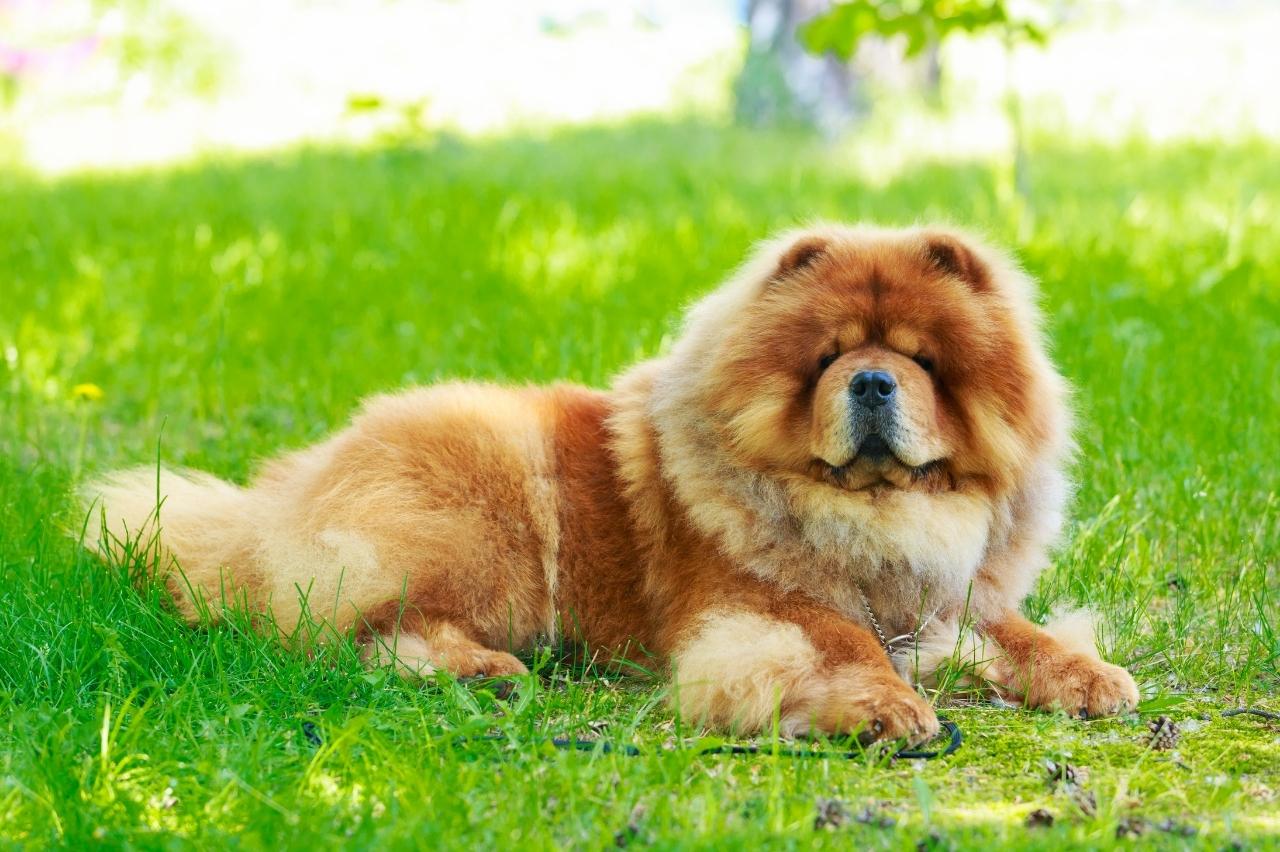 Shutterstock
Shutterstock
The Chow Chow is one of ancient China’s oldest and most unique dog breeds, possibly existing as far back as 206 B.C. These dogs served many roles—guardians, hunters, haulers, and companions to Chinese nobility. Their lion-like mane and famously blue-black tongue make them instantly recognizable. Ancient Chinese paintings and statues often feature Chow Chows guarding temples and imperial homes. Despite their teddy bear appearance, these dogs have a fiercely independent streak—like a fuzzy philosopher who doesn’t take unsolicited advice.
Shar Pei
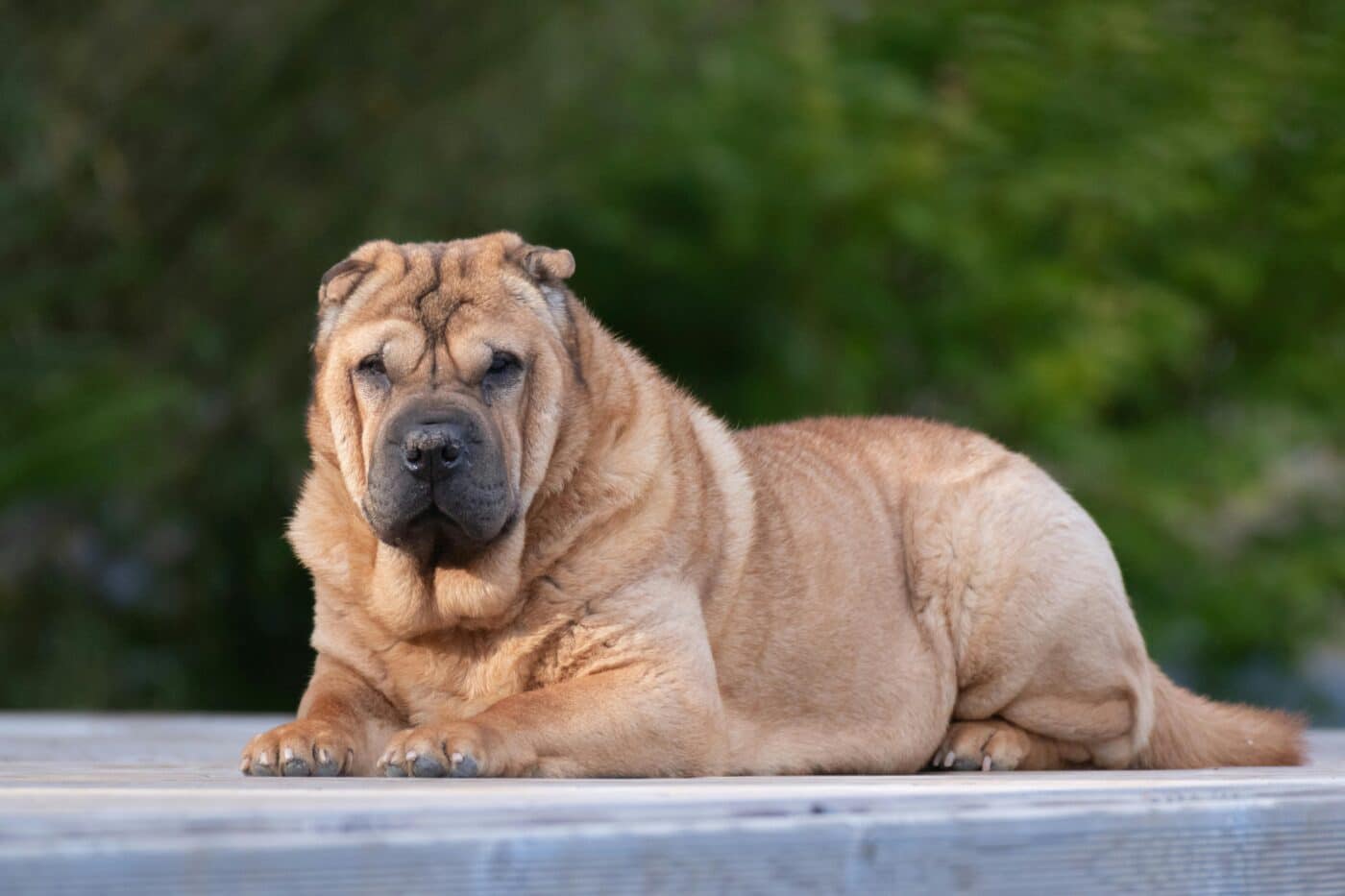 Shar Pei
Shar Pei
Another ancient Chinese breed, the Shar Pei, is instantly recognizable for its wrinkled skin and hippopotamus-like face. Once used as guard dogs, hunters, and even fighters, these wrinkly wonders date back to the Han Dynasty (around 200 B.C.). Their unique coat and loose skin served practical purposes—providing protection in combat situations and warding off parasites in rural settings. Shar Peis might look like they’ve been through the wash on the wrong setting, but their ancient heritage is no joke. They’re a stoic, dignified, and low-key judge in the best way.
Canaan Dog
 Shutterstock
Shutterstock
The Canaan Dog is a living relic of the Middle East, believed to have existed since biblical times. Originally a wild dog, it was eventually domesticated by desert-dwelling tribes and used for herding, guarding, and alerting villages to intruders. Archaeologists have found Canaan Dog remains in ancient campsites and settlements, reinforcing their long-standing role in human history. Today, the breed remains rare but retains its primitive instincts, including wariness of strangers and strong survival skills. Basically, if civilization fell tomorrow, this dog would be fine—and probably doing better than the rest of us.
Xoloitzcuintli
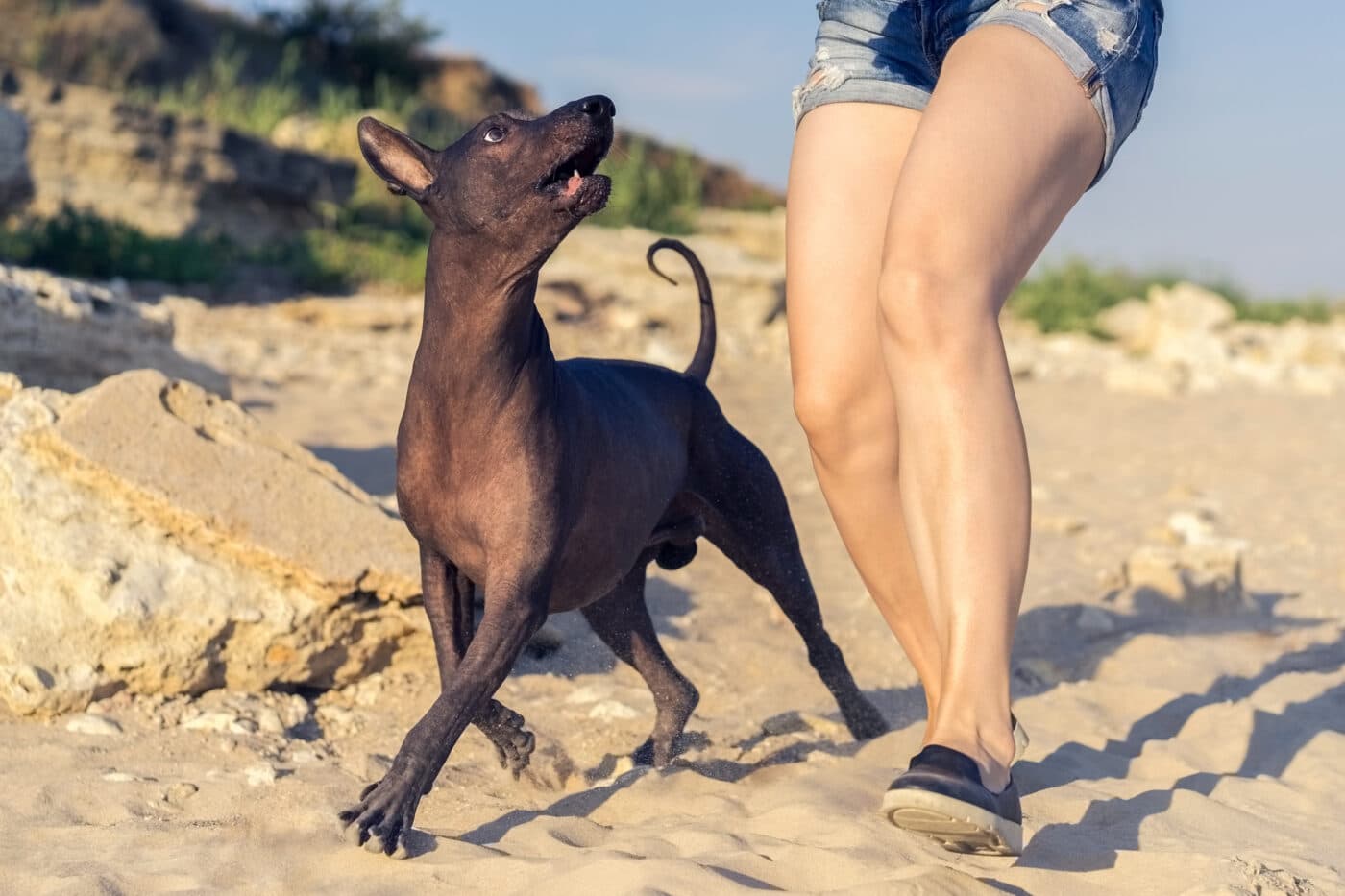 Shutterstock
Shutterstock
Pronounced “show-low-eats-QUEENT-lee” (don’t worry, we won’t quiz you), the Xoloitzcuintli is Mexico’s ancient hairless breed. Revered by the Aztecs and Toltecs, this dog was believed to have healing properties and was often buried with its owner to guide them in the afterlife. With its hairless body and expressive face, the Xolo looks like it’s seen a few things—and it probably has. Its warm skin was also a makeshift heating pad for those chilly desert nights. This dog is basically a sacred space heater with legs and deep spiritual clout.
Samoyed
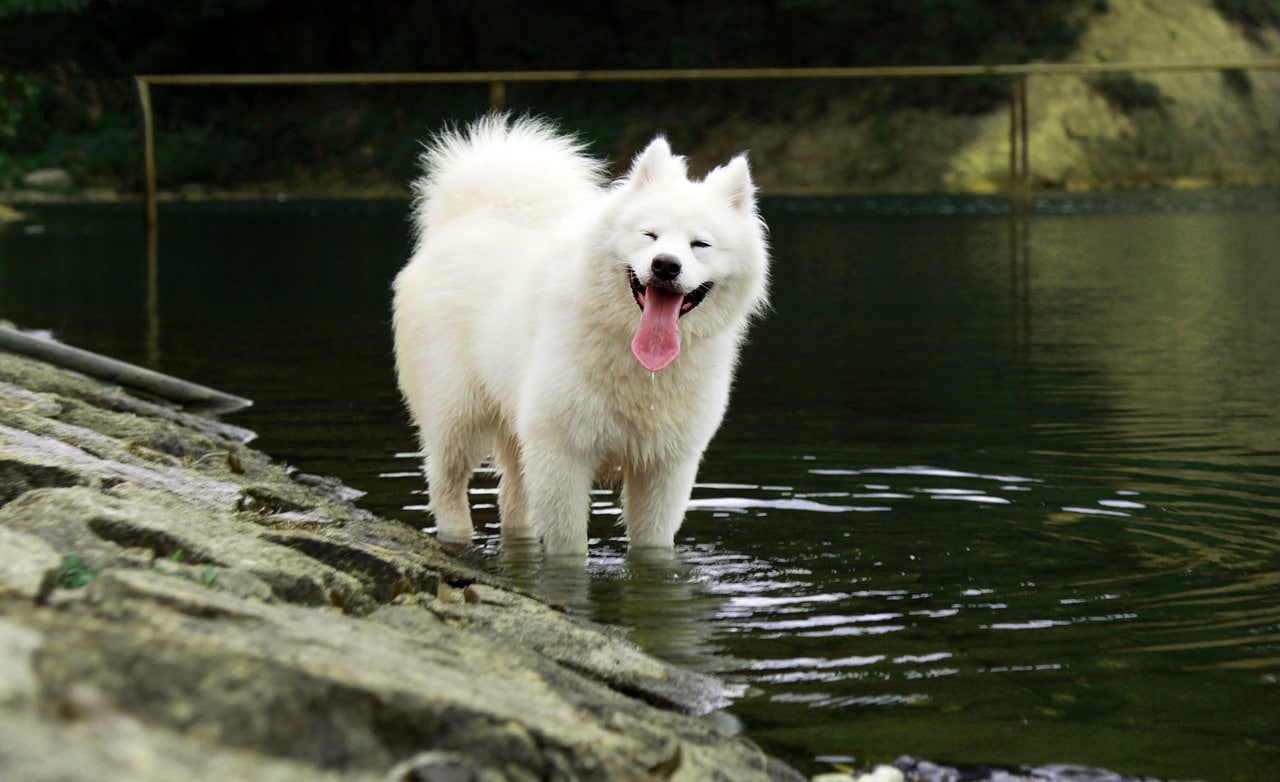 Shutterstock
Shutterstock
The Samoyed is one of Siberia’s fluffiest ancient breeds, developed by the nomadic Samoyedic peoples to herd reindeer, pull sleds, and keep their humans warm. Their signature smile wasn’t just for cuteness—it helped prevent icicles from forming on their face in sub-zero temperatures. Samoyeds have been around for centuries, surviving on teamwork and pure fuzzy determination. Today, they still look like walking snow clouds with a strong sense of purpose. Don’t let the grin fool you—these pups are built for Arctic survival, not just Instagram likes.
Pharaoh Hound
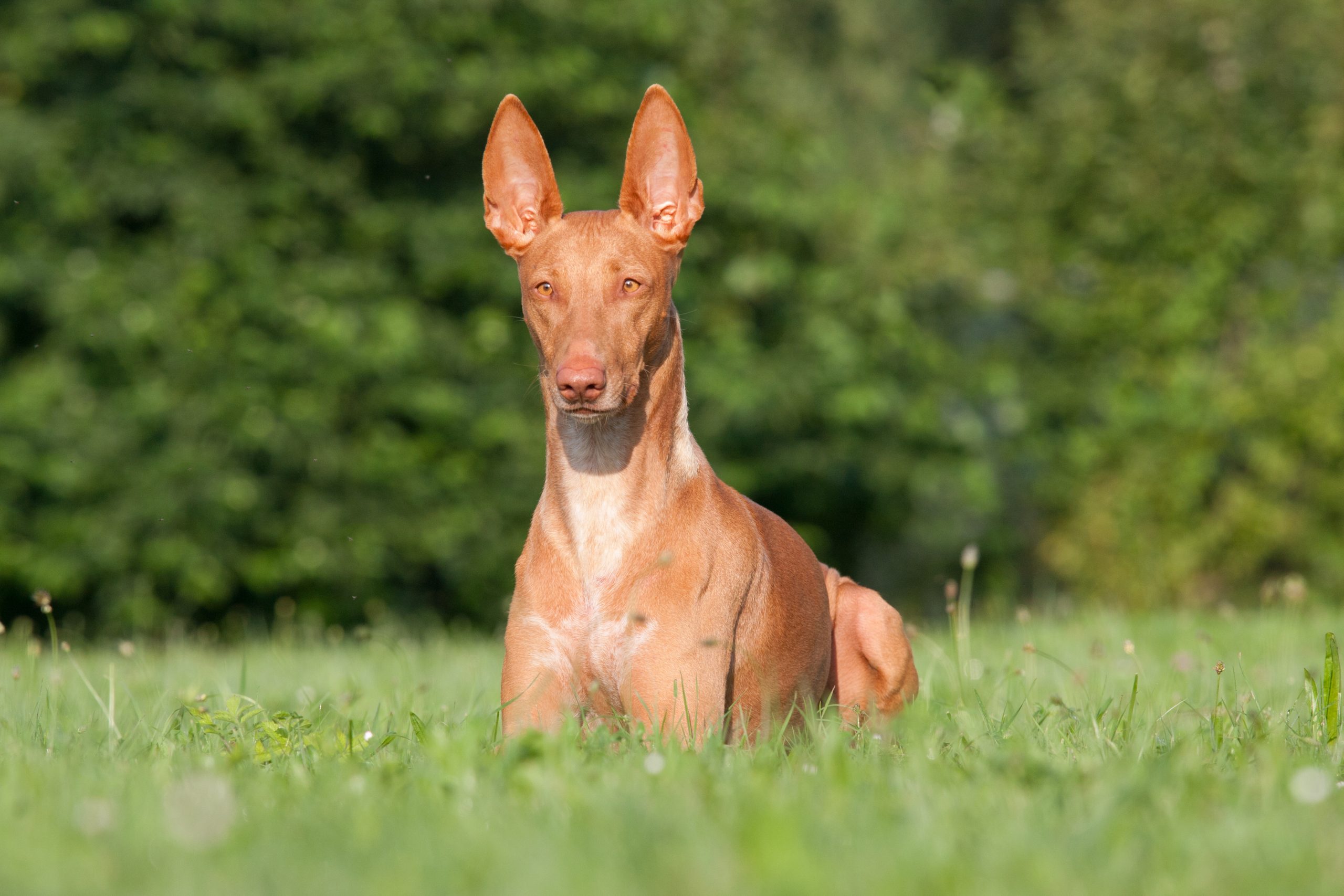 Shutterstock
Shutterstock
Despite the misleading name, the Pharaoh Hound actually hails from Malta, though it bears a striking resemblance to dogs depicted in ancient Egyptian tombs. The breed’s ancestors may have been imported to Malta by Phoenician traders more than 2,000 years ago. With its sleek, athletic build and noble appearance, it’s no wonder people believed it was the favored dog of ancient royalty. Known for blushing (yes, their nose and ears turn pink when excited), Pharaoh Hounds carry themselves like aristocrats at a gala. They’d rather be chasing rabbits than lounging on silk pillows, but they’ll look classy doing either.
New Guinea Singing Dog
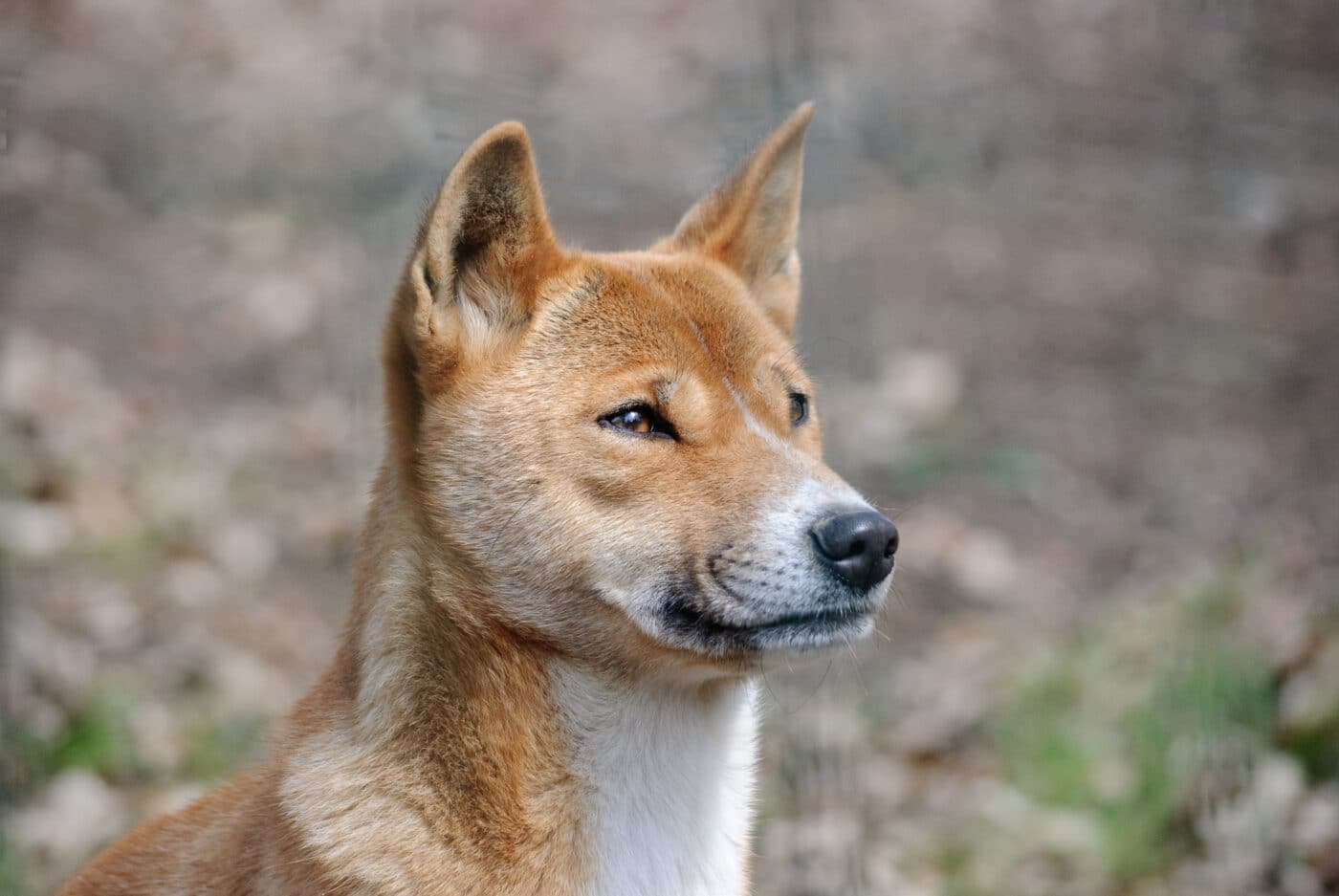 Shutterstock
Shutterstock
This rare and primitive breed hails from the mountains of Papua New Guinea and is known for its distinct vocalizations—think dog meets opera singer. Once believed extinct in the wild, these elusive canines are among the most genetically unique dogs still in existence. They’ve lived in isolation for thousands of years, evolving with little influence from other breeds. Their flexible joints, sharp instincts, and haunting calls make them stand out as one of the last truly ancient and wild dog breeds. They may not fetch your slippers, but they’ll serenade your soul—and possibly summon forest spirits while they’re at it.
The Bark Ages Were Just the Beginning
 MidJourney
MidJourney
The furry time travelers of the dog world have seen it all—plagues, empires, conquests, and probably the invention of the first squirrel chase. These ancient breeds didn’t just endure history—they starred in it. Whether protecting royalty or howling through jungles, they’ve carved their legacy into time with paws of determination and just a hint of drama. So if your pup gives you the side-eye when you say “sit,” remember—they might be channeling an ancestor who took orders from pharaohs, not humans with treat pouches.
 Toledo, United States.
Toledo, United States.